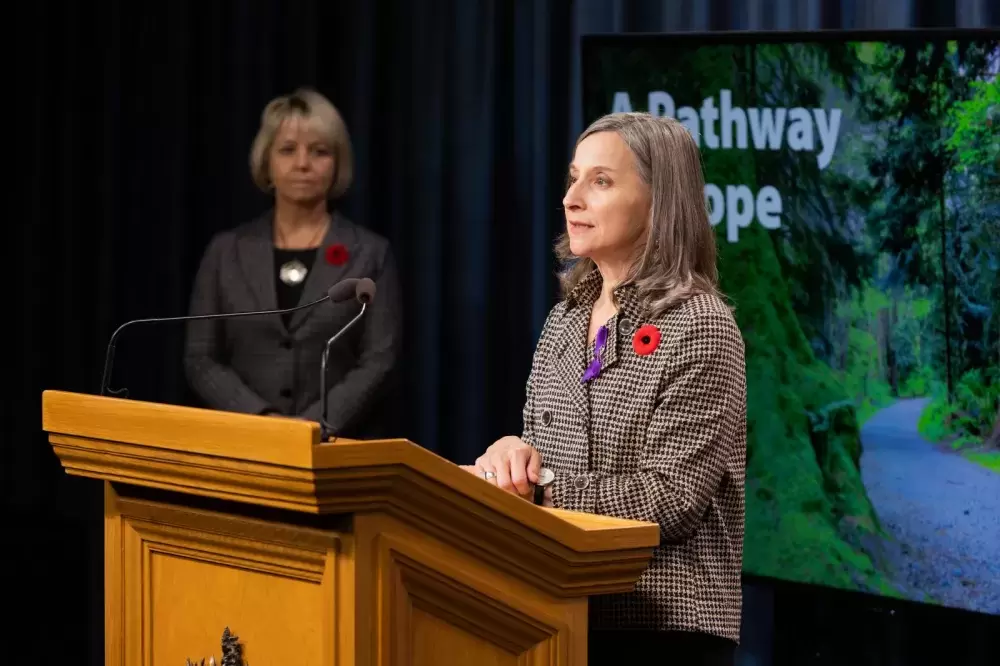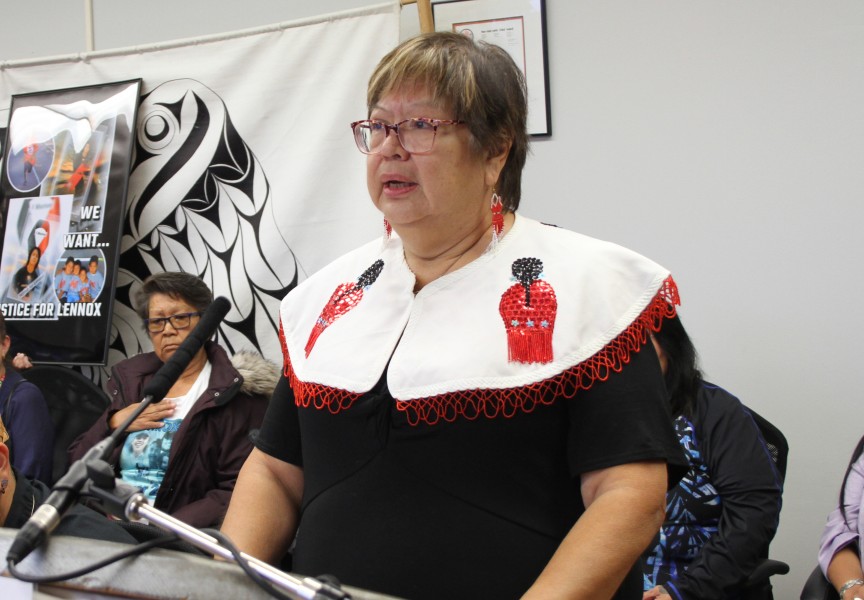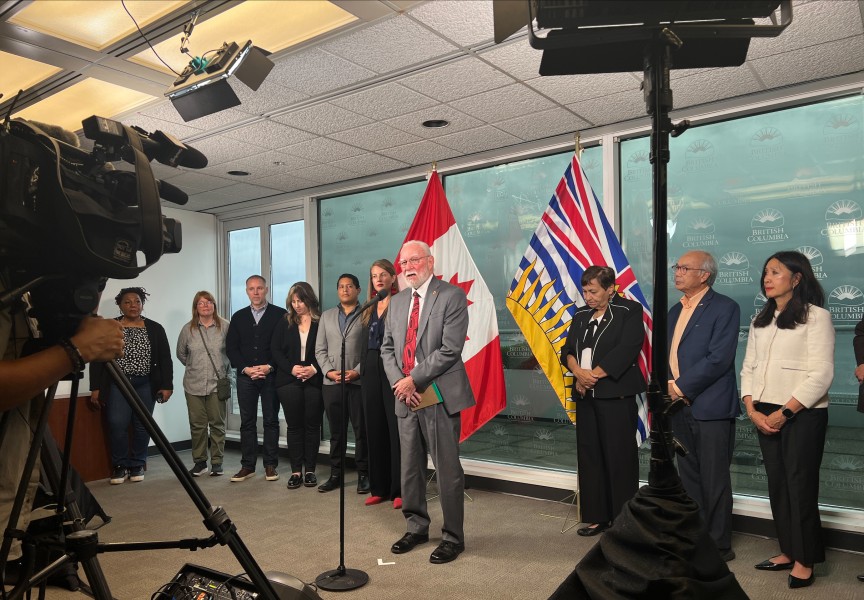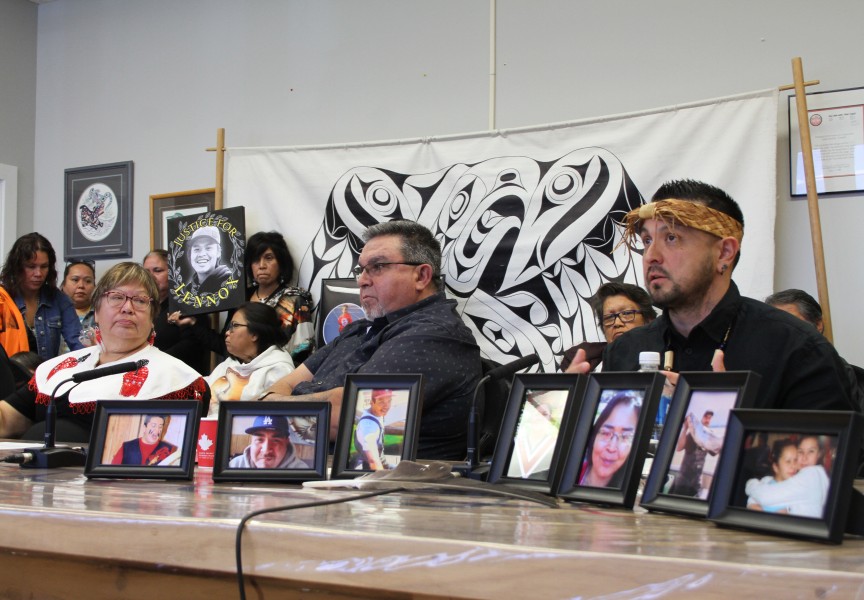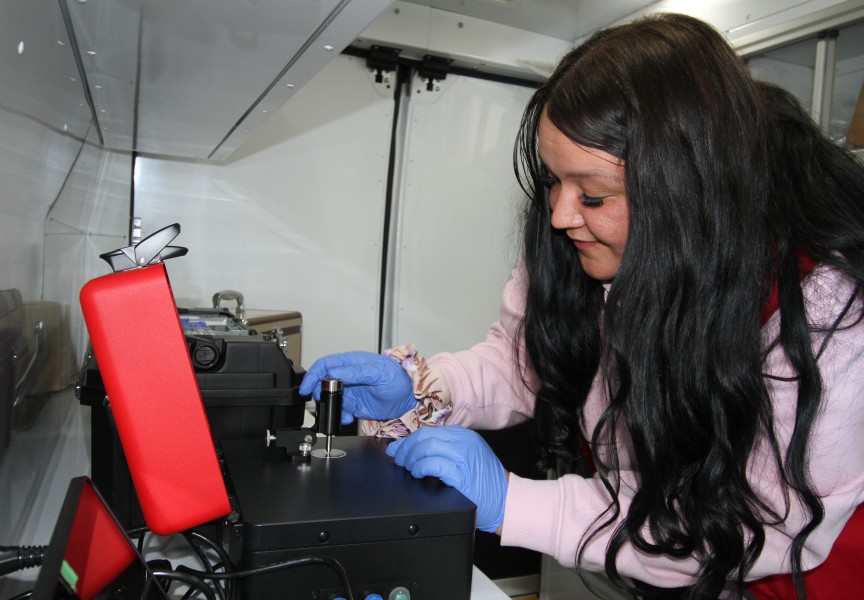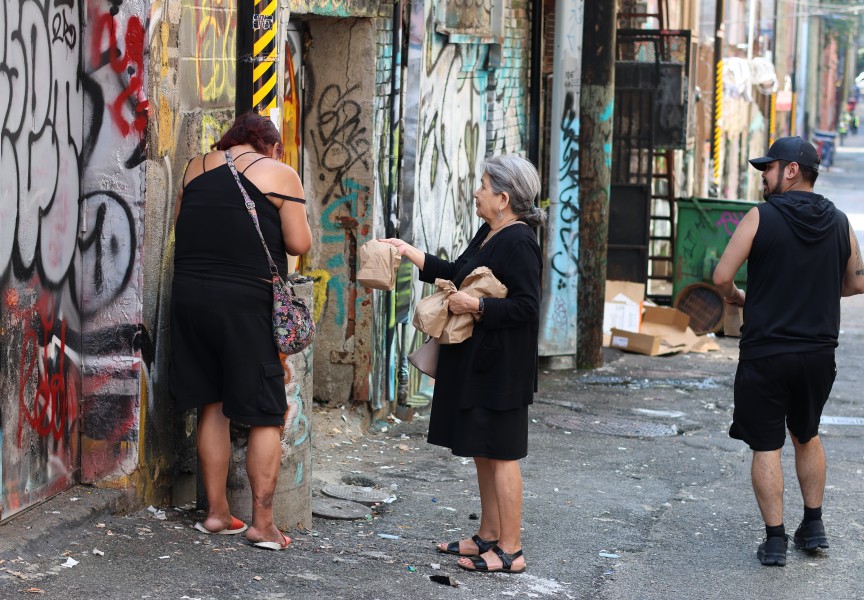The daily provincial illicit drug overdose death toll continues to rise at an alarming rate six years after a state of emergency was declared by the provincial health officer. In a video statement issued Dec. 9, B.C.’s Chief Coroner Lisa Lapointe pointed to the volatile toxicity of the unregulated drug supply as a leading factor in overdose deaths.
Sheila Malcolmson, minister of Mental Health and Addictions, said October 2021 was the worst month in B.C. history with more than 200 lives lost due to drug toxicity.
“It is heartbreaking,” she said.
Almost everyone in B.C. knows someone lost to drugs, she added.
First responders will administer Naloxone to reverse an apparent drug overdose, but Naloxone only works on opioid drugs. The coroner is now seeing more benzodiazepine in the illicit drug supply, which doesn’t respond to Naloxone.
Benzodiazepines are a class of psychoactive drugs prescribed to treat conditions such as anxiety, insomnia, and seizures.
“The illicit drug supply is unregulated, toxic, volatile and unpredictable,” said Lapointe, adding that it may be the driving factor in the increase in drug-related deaths.
Street drugs are toxic cocktails that can have fentanyl, benzodiazepines and methamphetamines.
Drug testing helps but isn’t always available.
It is hard to know how many people are using drugs at any given time, but it’s estimated to be about 90,000 people across the province, according to Lapointe.
Lapointe noted that the province is dealing with two health crises at the same time: the COVID-19 pandemic and drug overdose deaths.
“The drug overdose crisis is not being treated with the same urgency as COVID, where all hands are on deck,” she noted. “Today we will lose six people, tomorrow we will lose six more – by Christmas we will have lost 40 to 50 more people.”
For people ages 19 to 39, drug overdose is now the leading cause of death in B.C.
“This is a significant health crisis,” said Lapointe.
Over the past six years more than 8,500 British Columbians have died due to drug overdose.
She went on to say that the current crisis is the reflection of a failure of many decades of policy that punished drug users, who have been “criminalized, marginalized and shamed”.
Lapointe said the drug problem is everywhere, not just in B.C., and it’s a collective failure.
Malcolmson says that the provincial government is putting tremendous effort into turning the drug crisis around. A growing emphasis has been put on encouraging health care professionals to prescribe safer alternatives to illicit drugs, thereby reducing the risk of overdose.
“We are the first in Canada to offer a safe drug supply and we’ve added hundreds of treatment and recovery beds,” said Malcolmson.
She said the province is trying to save lives by connecting people to services, care and treatment.
“This is an historic investment in treatment and recovery, and we will add more,” she said, adding that the province is treating this as a health care matter and not a criminal justice matter. “Fear and shame silences people.”
And when that happens, people use drugs alone, which is unsafe.
The BC Coroner’s Service is mandated to make recommendations that minimize the risk of death. They say that there needs to be access to a safe supply of alternative drugs, and are pressing for a massive roll-out of this on an urgent basis.
“We need an urgent response to save more lives,” said Lapointe. “This is not going away on its own.”
Malcolmson said that B.C. introduced the concept of safe drug supply in March 2020.
“We are pushing safe supply through every health authority,” she said, adding that B.C. is the first in Canada to do this so there are no models. “This is new, and we are building on it.”
Lapointe says a safe drug supply needs to be followed up with educational and recovery supports. She said drug users should be diagnosed and given a treatment plan.
“It’s no different from people that suffer from things like heart disease,” she added.
The various health authorities are involved in the roll-out of a safe drug supply, but they’re meeting resistance, and even hostility, in outlying areas of the province. Some argue the ethics of creating a publicly funded supply of drugs.
“You can’t force a physician to write a prescription,” Lapointe noted, but waiting years for data to introduce a safe drug supply is not acceptable. “The crisis is now and that makes it ethically acceptable.”
Malcolmson says the province is working to remove barriers, to stop the shame and stigma of being a drug addict.
“Progress has been made – thousands of lives have been saved, but we’re swimming against a rising tide of drug toxicity,” she noted.
There is proof that users are willing to access a safe drug supply.
“Women up north are putting their safety at risk, hitchhiking to get to places hours away to access a safe drug supply,” said Lapointe.
Malcolmson added that these women are hitch hiking on the Highway of Tears to access safer drugs.
The province is working with the federal government on decriminalization and await a response from Carolyn Bennett, minister of Mental Health and Addictions and associate minister of Health.
“We hope it will be attended to urgently by the federal government” said Malcolmson.
According to Malcolmson, the province has spent $2.7 billion in one year on mental health and addictions. $100 million has been invested in supports to the First Nations Health Authority and the First Nations Health Council to combat drug addiction. The province says they support FNHA and FNHC in Indigenous-led solutions.
“There are many paths into addiction and many paths out; there is no one silver bullet,” said Malcolmson.
But she assures the public that the provincial government is working hard to save lives.

